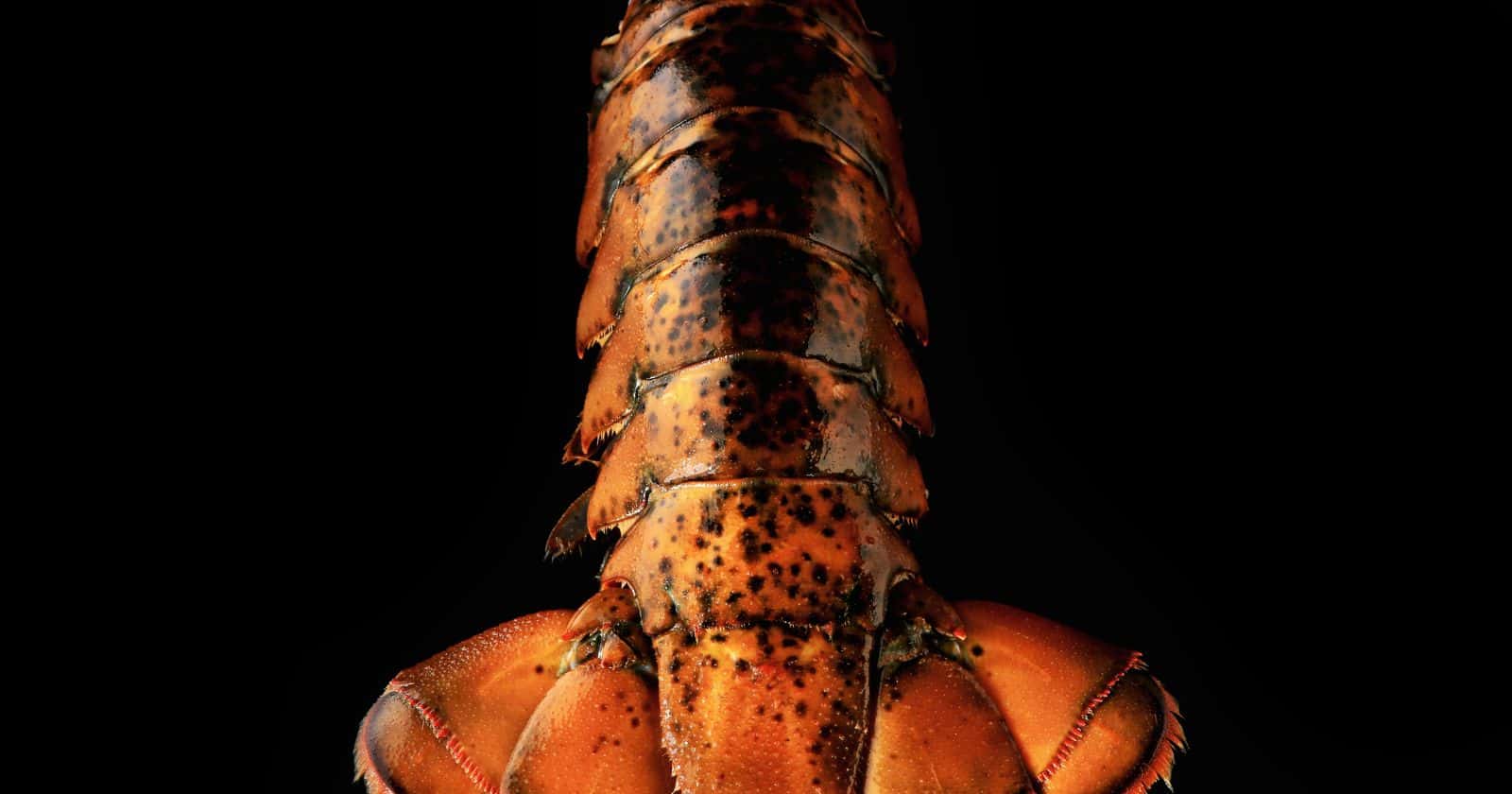Lobster tails are a succulent, indulgent seafood treat. When preparing these crustacean delicacies at home, two cooking methods reign supreme – steaming and boiling. But which technique results in the most tender, flavorful lobster tails? We’ll compare these popular cooking methods and provide tips for preparing perfect lobster tails every time.
Steaming Lobster Tails
Steaming is a traditional, time-honored technique for cooking lobster tails. Here’s an overview of this moist-heat cooking method:
- How It Works: Lobster tails are placed in a steamer basket or on a rack suspended above gently boiling water. Steam circulates around the lobster, cooking it evenly.
- Benefits: Steaming is fast, convenient, and effective. It cooks the lobster gently, resulting in tender, juicy meat. Steaming also preserves the delicate seafood flavor.
- Cooking Steps: Fill a pot with 2 inches of water and bring to a boil. Place lobster tails in a steamer basket. Steam covered for 6-12 minutes depending on size.
- Doneness: The meat will be opaque and firm with a bright red shell when done. Use a thermometer to check 145°F internal temperature.
When properly steamed, the lobster tails will be succulent, mild, and tender. The steaming process beautifully highlights the sweet lobster flavor.
Boiling Lobster Tails
Boiling is another popular method used to prepare lobster tails:
- How It Works: Lobster tails are submerged and cooked in vigorously boiling water. The direct contact transfers heat quickly.
- Benefits: Boiling is fast, convenient, and foolproof. The constant turbulence of boiling water cooks the lobster evenly.
- Cooking Steps: Bring salted water to a boil. Lower lobster tails into the pot and boil for 5-12 minutes based on size.
- Doneness: Check for opaque, firm meat and bright red shells. Use a thermometer to confirm the internal temperature reaches 145°F.
When boiled properly, lobster tails will be tender and succulent with a signature sweet taste. The boiling method delivers reliable results with little fuss.
Steaming vs. Boiling: Making the Choice
So when it comes to preparing lobster tails, which method is better – steaming or boiling? Here are some key considerations:
Texture
- Steaming is gentler, resulting in slightly more tender meat. The moist heat thoroughly cooks the lobster without drying it out.
- Boiling can produce firmer texture since the turbulent water transfers heat rapidly from all directions.
Flavor
- Steaming allows the sweet, briny flavor of the lobster to shine through. The gentle cooking preserves natural taste.
- Boiling can dilute some subtle flavors, but the lobster still retains its signature sweetness.
Convenience
- Steaming requires a specifically sized pot and steamer basket. But cleanup is easy without dealing with boiling water.
- Boiling only needs a pot. However, monitoring the rapidly boiling water can be tricky.
Speed
- Steaming cooks efficiently, but boiling often takes slightly less time to fully cook lobster tails.
- The direct contact of boiling cooks faster, but monitoring the pot is crucial to prevent overcooking.
Tips for Perfect Results
Follow these best practices for tender, restaurant-quality lobster tails:
- For both methods, choose similar-sized lobster tails for even cooking.
- Scrub tails under cold water beforehand to remove debris.
- Boil or steam longer tails for 11-12 minutes and smaller tails for 6-8 minutes.
- Use tongs and gloves to prevent burns when handling hot lobster.
- Check for doneness by temperature and visual cues like opaque meat.
- Prevent overcooking by removing lobster as soon as it’s fully cooked.
- Serve immediately with lemon wedges, clarified butter, or dipping sauces.
Steaming Lobster Tails Step-By-Step
Ready to steam some perfect lobster tails? Follow these simple steps:
- Prep tails by scrubbing and splitting lengthwise if extra large. Remove digestive tract.
- Fill a large pot with 2 inches of water. Heat until rapidly boiling.
- Place lobster tails shell-side down in a steamer basket or on a rack.
- Position basket in pot, ensuring tails are above water. Cover pot with tight lid.
- Steam for 6-8 minutes for small tails, 8-10 for medium, 10-12 for large.
- Check doneness by piercing the meat with a knife tip. It should be opaque.
- Use tongs to transfer tails to a serving plate. Serve immediately with melted butter.
- Enjoy your tender, juicy steamed lobster tails!
Boiling Lobster Tails Step-By-Step
Here’s how to easily boil lobster tails for seafood heaven:
- Prep tails by scrubbing. Use kitchen shears to cut through soft underside shell.
- Fill a pot with 2 inches salted water. Heat to rapidly boiling.
- Gently lower lobster tails into the boiling water using tongs.
- Boil medium tails for 7-8 minutes. Large tails may need 10-12 minutes.
- Check doneness by looking for opaque meat and bright red shells.
- Remove tails from the pot using tongs and serve immediately.
- Enjoy dipping the tender lobster meat into melted butter or sauce.
Pair With Sides and Sauces
Don’t forget delicious accompaniments like:
- Drawn butter – Clarified butter is ideal for dipping lobster meat.
- Lemon wedges – A bright, fresh contrast to the rich butter.
- Garlic aioli – For an indulgent blend of garlic and olive oil.
- Champagne vinegar slaw – Crunchy texture and tangy flavor.
- Twice-baked potatoes – Smooth and creamy with lobster chunks.
Lobster tails deserve star treatment! Serve them with complementary sides and dipping sauces.
Conclusion
When preparing succulent lobster tails, both steaming and boiling have their merits. Steaming delicately highlights the natural flavor and yields tender texture. Boiling is fast and convenient, producing reliably delicious results. With proper technique, timing, and temperature, you can achieve lobster perfection either way. Feel free to try both methods and decide which you prefer. Just remember to enhance the tails with sides like drawn butter and lemon wedges. Indulge in these lobster masterpieces!





